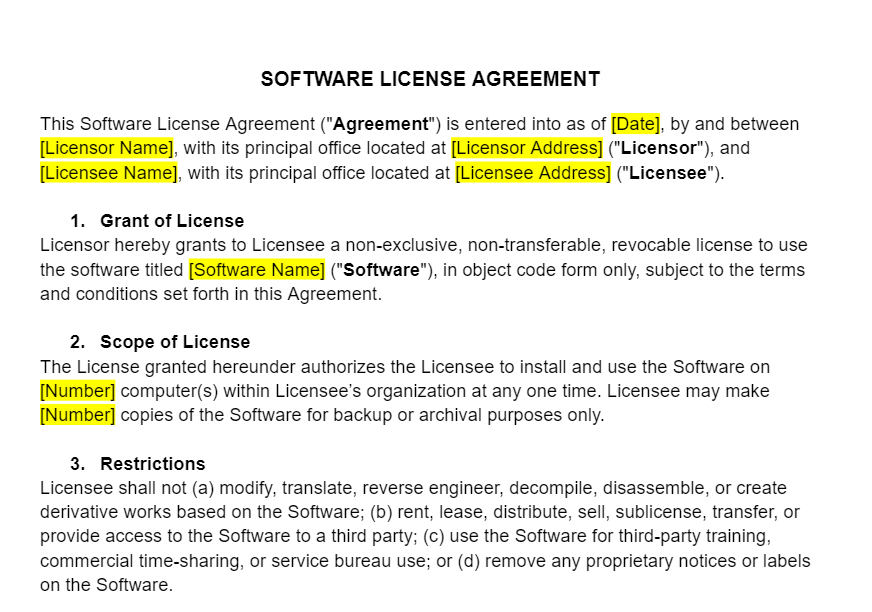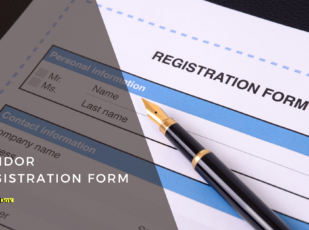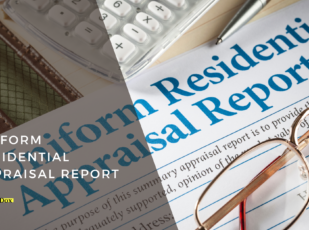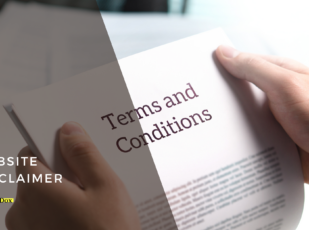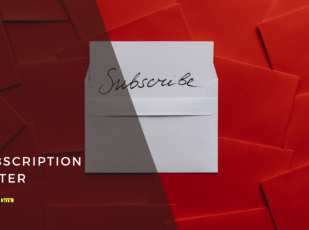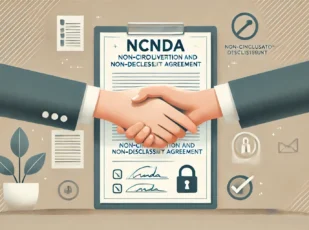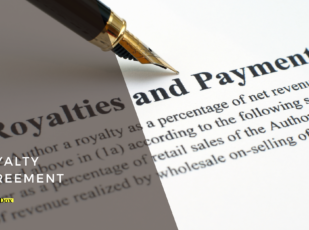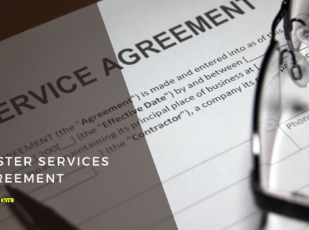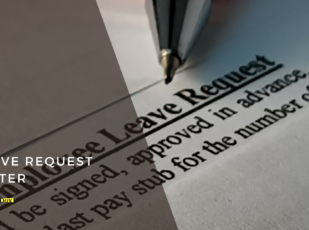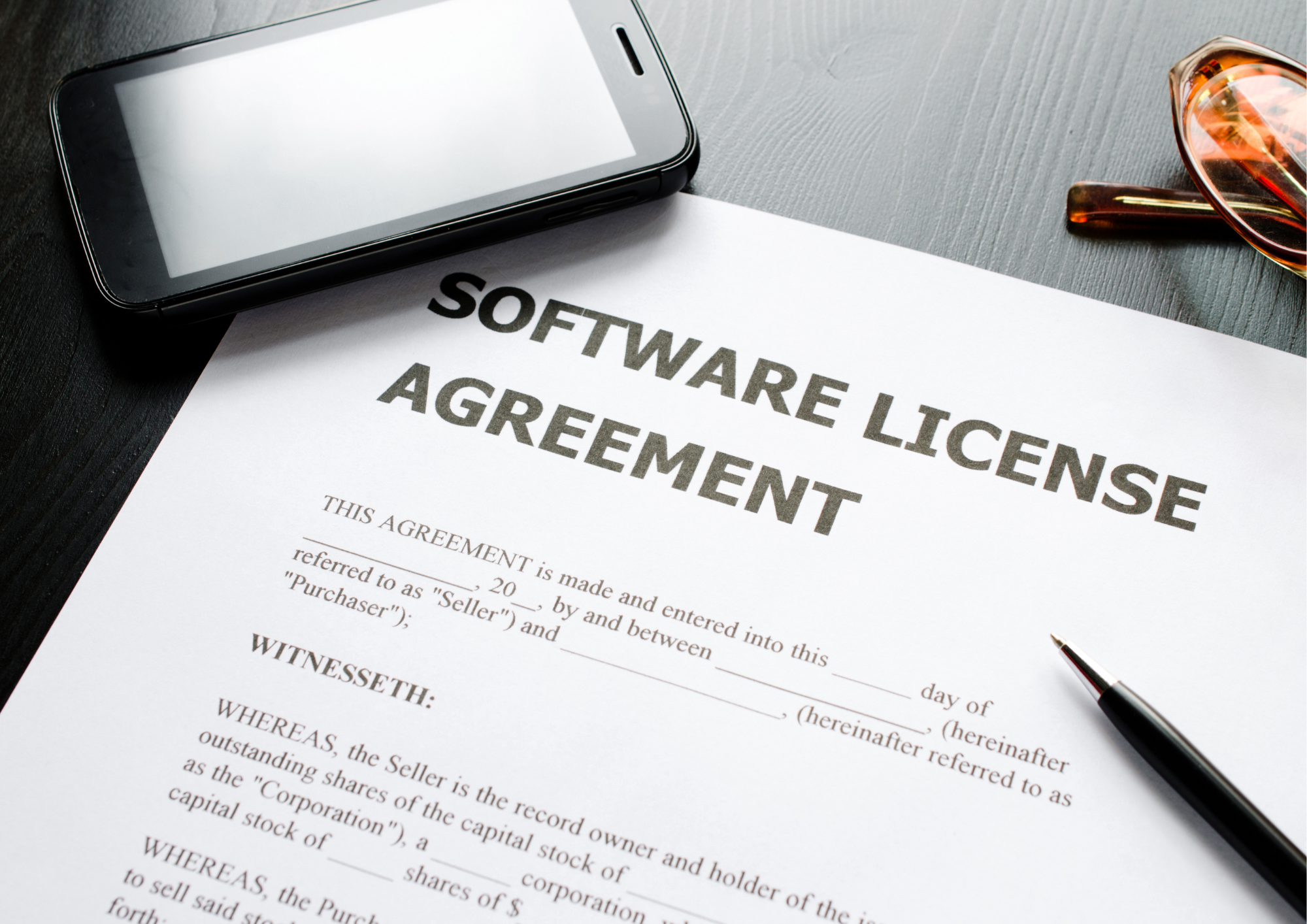
Software License Template
8 Downloads
IT and Media
January 11, 2025
Sayantani Dutta
Software development and distribution have become cornerstones of the very fabric of the modern digital age. Both business operations and technological advancements rely on software today. This is why a Software License has become one of the most essential legally binding documents. This agreement serves as a legal framework that governs the use of software between developers (licensors) and end-users (licensees).
Roughly speaking, the terms of this agreement cover everything from the warranties associated with software to the protection of confidential information. But between the various headings, the conditions of this agreement tackle much more than just that.
In this article, we are going to talk about this vital piece of document. We will highlight its critical role in the tech industry, the potential risks associated with proceeding without a well-defined license agreement, and the many advantages of going with FreshDox.com’s detailed template as a starting point to draft a license that has clarity and compliance in software usage.
So, without further ado, let’s dive right into it!
What is a Software License?
A Software License is a legal contract that specifies the terms under which a licensee may use, modify, distribute, or resell a piece of software. In broad strokes, it outlines the rights and restrictions that are imposed on the software—including but not limited to the scope of use, distribution rights, limitations on reverse engineering and enhancements, and copyright protections or other intellectual property rights protections.
It is not a typical document that is signed. More often than not, the end user is simply expected to go through the license and confirm that they agree with it. Once confirmed, the terms of the license come into full force and the use of the software is henceforth protected under the governing law.
A good Software License Agreement establishes clear boundaries and conditions to protect the intellectual property rights of the developer while allowing the software’s users to understand their own rights and limitations in the context of using the software.
In its totality, the entire agreement is similar to an EULA or end-user license agreement. Every provision of this agreement is focused on protecting the software product from being misused while also offering a limitation of liability to the developer if misused.
The Importance of a Software License
The significance of a Software License cannot be overstated. It is simply too important for anyone developing software. Even those working on free or open-source projects need to have a license in place to prevent misuse (and the liabilities arising out of any misuse). Apart from just indemnification, it also lays down the groundwork for how the user is expected to use your app, software, tool, code, or computer program.
Long story short—if someone will be using your software, you need a license for it.
On one hand, the developer receives the expected benefits from a robust Software License. These include the safeguarding of their intellectual property, which, in turn, ensures that their work is not unlawfully copied, distributed, or modified. By extension, this protection maintains the integrity of their software and secures financial compensation for their efforts.
On the other hand, for the users, a clear and comprehensive Software License acts as a legal basis for software usage. This helps them avoid copyright infringement (accidental, for example) and ensures compliance with agreed-upon terms under the applicable law.
Furthermore, a Software License is also important as a tool that is instrumental in facilitating trust and transparency between software developers and users. It establishes a clear, formal relationship defining expectations and responsibilities, thus minimizing the risk of disputes and at the same time, creating a positive environment for software development and utilization.
At the very least, the license protects your source code. Nobody can copy, resell, distribute, or sublicense it legally. Any copies of the software will be illegal and can be taken down through the appropriate channels. For example, if the core functionality of your object code was blatantly copied and spread throughout the internet, your software would be at a disadvantage. Thanks to the understandings put down in the Software License, you can take action against such unlawful distribution and take back control.
Risks of Proceeding Without a Comprehensive Software License
Operating without a comprehensive Software License poses significant legal and financial risks for both developers and users. Mainly, however, it creates big issues down the line for the main developer(s) of the software, especially if the software carries license fees.
Typically, if there is no robust Software License, then the developer does not have a formal agreement with the users of their software—leaving it vulnerable to unauthorized use, reproduction, and distribution. Needless to say, this will potentially diminish the software’s value and compromise the developer’s intellectual property rights.
Any user using the software without a clear license agreement is essentially using it without the proper guidance. This can lead to legal challenges, including copyright infringement claims and penalties, often resulting in hefty fines, expensive attorneys’ fees, and damage to reputation.
Furthermore, the lack of a Software License can lead to misunderstandings and disputes over software use and rights, which can strain developer-user relationships and deter future collaborations. In this situation, it is not rare to see a hindrance in the distribution and adoption of software—which further limits its potential impact and the developer’s market reach.
It is also very likely that an inadequate Software License, often the result of a poor, generic template, will fail to accommodate the necessary provisions for the indemnification of the developer.
Now, let’s say that a financial tool is expected to offer trading capabilities to its end-users. However, due to an ongoing update, some “stuck” capital was unable to be withdrawn for a short period of time.
If this is not protected against with a legal document (the Software License being the one), it can lead to consequential damages if the user chooses to file a lawsuit. Just like how you have to protect yourself from any possible damage to the user from force majeure events, you also have to foresee all problems that could arise and add suitable protections within the license that will serve the particular purpose of your software.
Key Elements of a Software License Template
There are six key elements of a Software License. Often, these are further subdivided into smaller sections and include several terms, conditions, and clauses further clarifying how the software is to be used and handled by the end-user.
A robust, legally binding Software License should address these elements to ensure a clear and enforceable agreement. These include:
- Grant of License: First, you have the section on the grant of license. Hereunder, you specify the rights being granted to the user. This should ideally cover the complete scope of use, any limitations, and, if applicable, any rights to modify or distribute the software. Have your waivers in place here because the license grants rights for things that are ignored as well, if such rights are implied or in step with the regular use of similar software.
- Restrictions: This is perhaps the most important set of clauses in your Software Agreement. Here, you outline all the prohibitions, such as those on reverse engineering, unauthorized sharing, modification, distributing, or copying of the software or its functionality, key components, features, source code, etc.
- Copyright and Ownership: Whether it is paid software with proprietary rights or open-source software that only concerns itself with the expected way to interact with it, a Software License for every piece of software needs to clarify, in detail, that the software and its associated intellectual property rights remain with the developer and the developer alone. Just because the license to use is being granted, it does not mean that any IP right, trade secrets, or copyrighted information is being transferred to the users.
- Termination: The termination clause is pretty straightforward—here, you set down the conditions under which the license may be terminated and the obligations of the user upon termination. The termination of this agreement means that the user can no longer use the software. If they continue to do so, you can take legal action against them. After that effective date of termination, any damages arising out of the use of the software (such as a cybersecurity issue because the software was not being patched after the termination of the license) are not your liability or responsibility. In other words, you cannot be held accountable.
- Warranty and Liability: There is often a warranty period associated with many software. Apart from that, you should also define the extent of your warranties and limit liability concerning the software’s use. Oftentimes, the clauses for the lack of any warranties (and the software being provided as-is) are more detailed than any warranties being provided (often none).
- Governing Law: Lastly, your Software License will have a section that specifies the legal jurisdiction that governs the agreement. This is where any dispute resolution will take place.
Doing Software Licensing the Right Way with FreshDox.com
If you are a developer looking to draft a Software License for your software, then you have come to the right place. We have the right starting point for you—our professionally crafted Software License Template that caters to the specific needs of the tech industry. Our template can help you draft a robust, legally binding agreement that ensures a clear usage policy for your software while also giving you the necessary legal protections.
Developed by legal experts, our template simplifies the process of creating comprehensive software licenses. With FreshDox.com’s Software License Template, any software developer can protect their intellectual property while providing their users with the necessary permissions and guidelines for software utilization.
With a FreshDox.com subscription, you get access to this essential document alongside a variety of other legal documents—all customizable and 100% legally sound. Our templates are designed to support the various dynamic needs of today’s businesses and individuals looking to thrive in the digital age.
What’s more, here at FreshDox.com, we believe strongly in user satisfaction—and that is why we have a 14-day trial period for you! Using this, any software developer can try out our Basic and Premium Membership plans. Basic Members can download up to three document templates per month whereas Premium Members have unlimited access to all of our document templates.
In other words, with FreshDox.com, you have a clear path to tackle the difficulties of software licensing with confidence. We help you minimize potential legal risks and create a successful software distribution and use environment for all of your products while ensuring your users’ experience is not impacted in any way.
With our Software License Template, you not only save time and resources but also ensure that your software is distributed and used in compliance with clear, enforceable legal terms. So, what are you waiting for? Secure your software’s intellectual property and streamline your licensing process with the comprehensive template from FreshDox.com by signing up for an account today!
Related Templates
Discover more templates that align with your needs and preferences.

Ready to Sign Up?
Sign up for FreshDox.com’s 7-day trial and discover why so many individuals and businesses trust us for their legal document template needs.
- Cancel any time
- 7-day free trial
- From 300+ Customer Reviews

